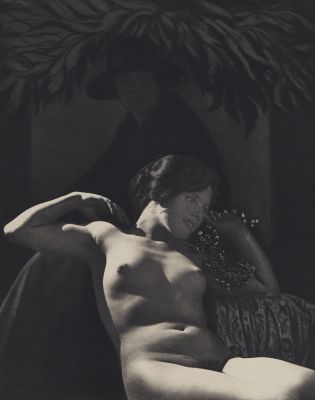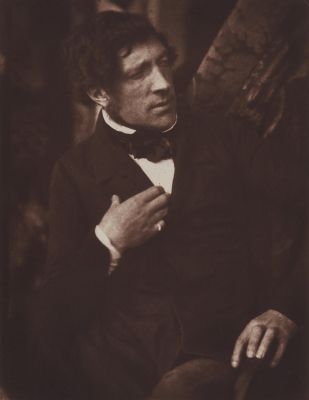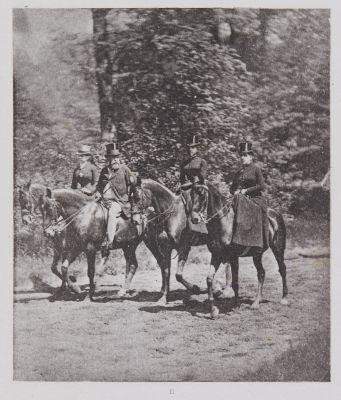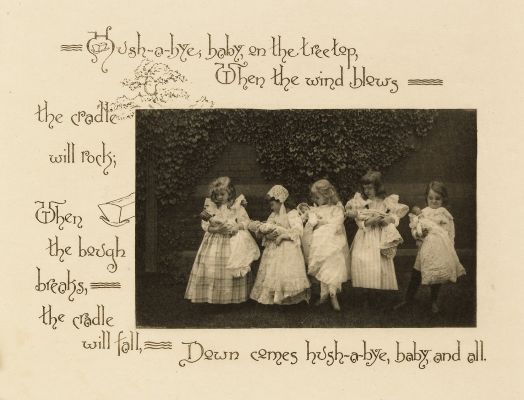
Title
Title PageArtist
James, Sir Henry (British, 1803-1877)Publication
Domesday Book CornwallDate
1861Process
PhotozincographAtelier
Ordnance Survey Office SouthhamptonImage Size
37.5 x 27 cm
In 1859, Sir Henry James at the Ordnance Survey, Southampton, J.W. Osborne, head of the Government Survey Office in Melbourne and E.I. Asser in the Netherlands were credited with the introduction of photo-planographic printing from zinc plates (photozincographs). James made the first successful attempts on zinc at Southampton in 1859. It proved to be a quick, cost effective and accurate means of making facsimiles or reductions in scale of official maps. [1] Besides Ordnance Survey maps, the Ordnance Survey Department also undertook facsimile reproductions for a number of books, an important advancement to the field of photomechanical reproduction. From 1861 to 1864 the Domesday Book, a record of the great survey of much of England and parts of Wales that was completed in 1086, was reproduced from the original manuscript via photozincography and issued in county sections.
Photozincography, — A method where the stone is replaced with a zinc plateand the plate acts as a lithographic stone, either smooth for line art, or grained for halftone. The image is transferred to the plate using a paper based image and transfer ink. The de Luynes committee explains, “Colonel James uses… [a] mixture of gum and bichromate, with which he coats a sheet of paper. After exposure the paper is covered with lithographic ink in a uniform manner; it is then washed with warm water, which detaches the ink whereverthe light, not having struck, has left the gum soluble and consequently prevented the complete adherence of the ink to the paper. The resultant print is then placed on stone, on zinc, or on copper.” (Waterhouse, 1868) Used for both line and tone work including photographs 1859. James Waterhouse, who headed the Photographic Department of the Survey of India, at Calcutta modified the process in 1886 for photographs. [2]
References
[1] Gernsheim, Helmut. The History of Photography: The Age of Collodion. London: Thames and Hudson, 1989.
[2] Hanson, David Checklist of photomechanical processes and printing 1825-1910, 2017 p. 71











